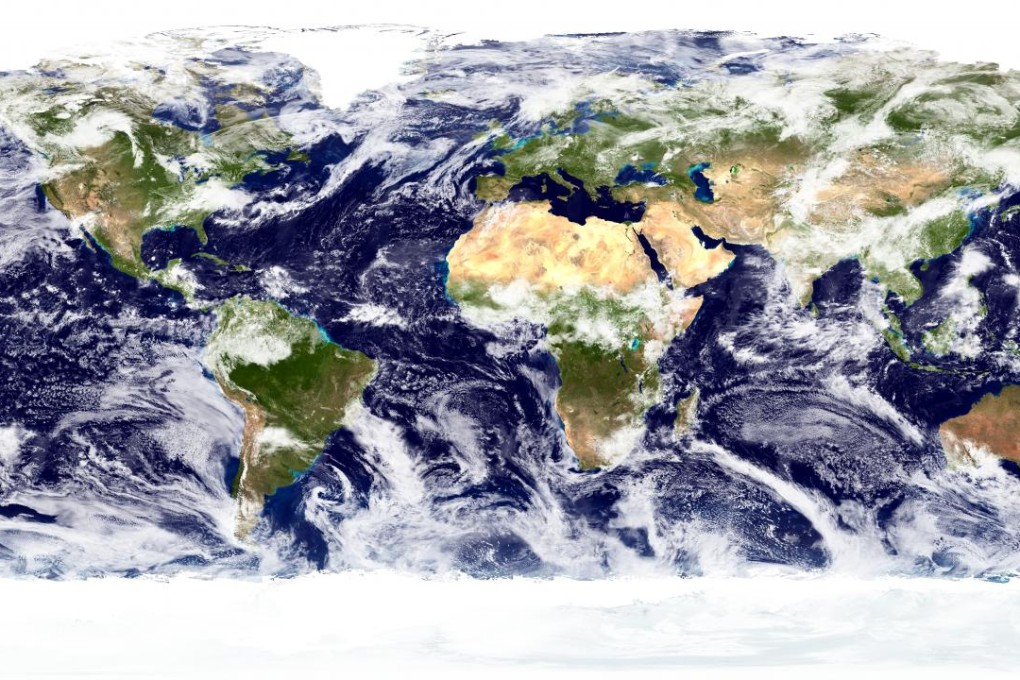World's clouds are shifting, but not in a good way
Cloud tops are stretching higher into the atmosphere, meaning the earth is more likely to warm faster

The way clouds cover the earth has dramatically changed over the last few decades, and what it means for our planet isn't very good.
Using satellite data to track cloud patterns since 1983, a new study published in Nature found that, because of climate change, cloud coverage has shifted toward the poles.
This has caused the subtropical dry zones — between 20 and 30 degrees latitude in both hemispheres — to expand. In addition, the researchers found that the cloud tops are stretching higher into the atmosphere.
Taken together, these cloud changes can accelerate the warming of the planet.
Because of the orbital relationship between the earth and the sun, there's more solar radiation in the tropic regions than at the poles, so cloud coverage in these areas is particularly important. Clouds' bright-white nature increases the planet's albedo, or the earth's ability to reflect the sun's energy and radiation back into space.
So, without those clouds over the tropics, there will be less reflection and the earth is liable to warm faster.